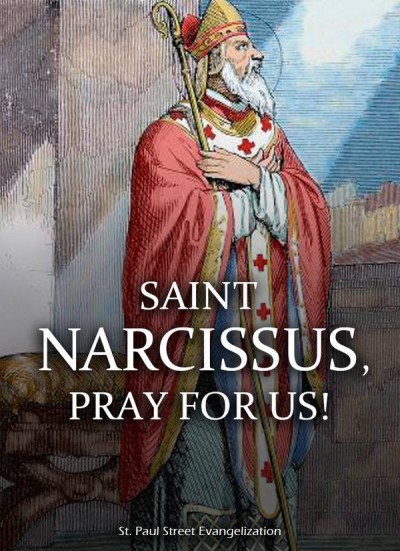 St. Narcissus of Jerusalem (99-215)
St. Narcissus of Jerusalem (99-215)
Image: St. Paul Street Evangelization
(Franciscan Media) Life in second and third century Jerusalem couldn’t have been easy but St. Narcissus, managed to live well beyond 100 and some speculate he lived until 160
Details of Narcissus’ life are sketchy but there are many reports of his miracles. The miracle by which he is most remembered, was turning water into oil for use in the Church lamps on ‘Holy Saturday’ when the Deacons had forgotten to provide any.
We do know that Narcissus was already an old man when he became Bishop of Jerusalem according to SQPN during the late second century. Known for his holiness, there are some hints also that many people found him to be harsh and rigid in his efforts to impose Church discipline.
One of Narcissus’ many detractors accused him of a serious crime however none of the Christians in his diocese believed it, nevertheless he would use the occasion to retire from his role as Bishop and live in solitude and prayer–his disappearance was so sudden and convincing that many people believed that he died.
Several successors were appointed during Narcissus years in isolation. Finally, Narcissus appeared in Jerusalem and was persuaded to resume his duties as Bishop, by then he had reached an advanced age, so a younger Bishop was brought in to assist Bishop Narcissus until his death.
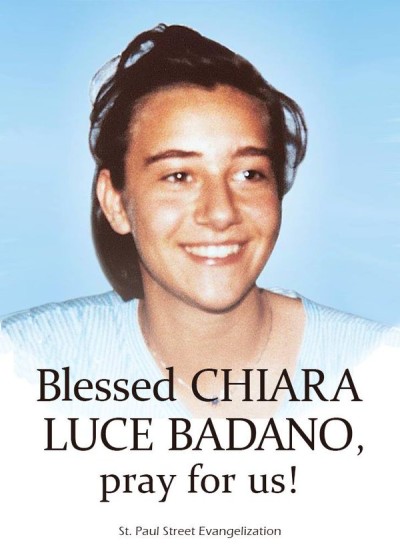 Blessed Chiara Luce Badano (1971-1990)
Blessed Chiara Luce Badano (1971-1990)
Image: St. Paul Street Evangelization
(CNA) Born in Italy Savona on this date in 1971, ‘The Congregation for the Causes of the Saints’ issued a decree in 2008 recognizing the heroic virtues of Chiara Luce Badano, who belonged to the Focolare Movement and died at just 18 yrs of age.
Chiara was the daughter of Ruggero Badano and Maria Teresa Caviglia, who waited 11 yrs to have a child.
“Amidst our great joy, we understood immediately that she was not only our daughter but also a daughter of God,” her mother Maria Teresa said, according to a biography published by Focolare. — Since childhood, Chiara showed a deep love for God and a strong but docile character, she was joyful, kind and very active.
At the 9 Chiara joined the Focolare Movement and in 1985 Chiara moved to Savona, to continue her education. According to her biographers, “Chiara had a difficult time despite her great efforts, she was held back one year and this made her suffer greatly.”
Chiara had made many friends, loved sports, especially tennis, swimming and hiking, together with singing and dancing, she dreamed of one day becoming a flight attendant however at the age of 16 she decided to pursue the consecrated life. — Chiara had a close relationship with the founder of Focolare Movement Chiara Lubich, who have her the name ‘Luce.’
Soon after this time, Chiara Luce was diagnosed with a cancerous tumor in her shoulder, she would begin intensive chemotherapy while continuing on with her daily life with the same joy and faith. — This same joy and faith moved Chiara Luce even though she was ill, to donate all of her savings to a friend who was going to be a Missionary to Africa.
Despite the efforts by her doctors, Chiara Luce illness progressed rapidly and she lost the use of her legs in which she said to her family: “If I had to choose between walking or going to heaven, I’d choose heaven.”
In July 1989 Chiara Luce suffered a severe hemorrhage and her death appeared to be imminent, she told her parents: “Don’t cry for me, I’m going to see Jesus. At my funeral, I don’t want people to cry but rather to sing with all their voices.”
Chiara Luce would pray for the strength to do God’s will. “I don’t ask Jesus to come for me to bring me to heaven. I don’t want to give Him the impression that I don’t want to suffer anymore.”
Chiara Luce would ask her mother to help her prepare and plan her funeral, or as she would call it her “wedding feast.” Giving her mother Maria Teresa specific instructions about how she should be dressed, the music, the flowers, the hymns to be sung and the readings, she then asked her mother to repeat the words:
“Now Chiara, go to Jesus.”
Chiara Luce would breathe her last and went to be with her Savior Jesus Christ on the 07 October, 1990 surrounded by her parents, her friends had gathered just outside her door. Chiara’s final words were: “Ciao, be happy because I am.” — Some 2000 people would attend her funeral.
The cause for Chiara Luce Beatification was opened in 1999 by Bishop Livio Maritano, he said that his decision was based upon, “Chiara’s way of living, especially the extraordinary example she gave during the last stage of her life. — I had no doubt about promoting her cause,” he said.
Chiara Luce was Beatified in 2010 by Pope Emeritus Benedict XVI
Related: Chiara Luce Badano, A Radiant Life
Chiara Luce: A Luminous and Modern Day Model –Focolare
Pope Benedict and Vatican Prelates Remember Example of Blessed Chiara ‘Luce’ Badano -CNA
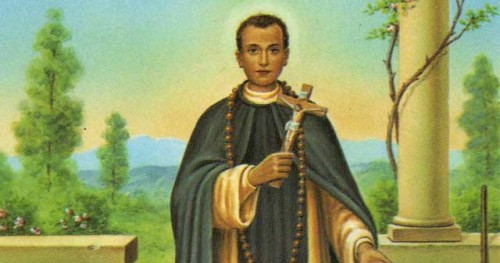 St. Martin de Porres (1579-1639) Image Courtesy: uCatholic
St. Martin de Porres (1579-1639) Image Courtesy: uCatholic 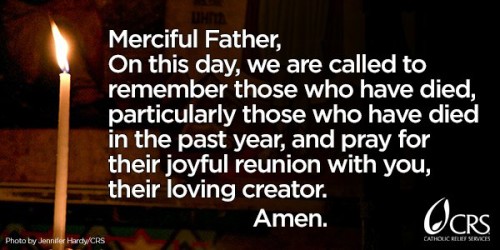 On ‘All Souls Day’ We Remember Those Who Have Gone Before Us
On ‘All Souls Day’ We Remember Those Who Have Gone Before Us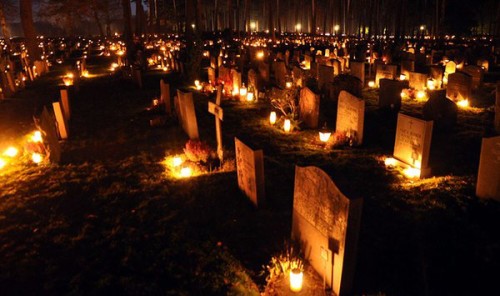 Candles Light Up a Cemetery in Commemoration of All the Faithful Departed on ‘All Souls Day’
Candles Light Up a Cemetery in Commemoration of All the Faithful Departed on ‘All Souls Day’ (
(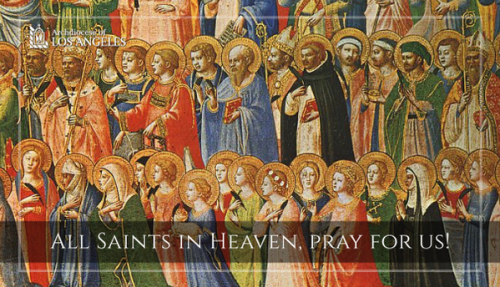 Happy “All Saints Day”
Happy “All Saints Day”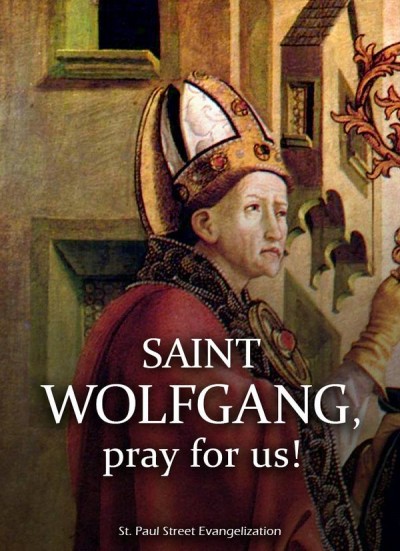 St. Wolfgang (924-994)
St. Wolfgang (924-994)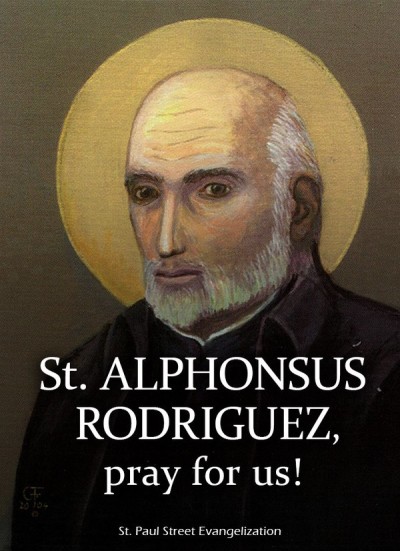 St. Alphonsus Rodriguez (1533-1617)
St. Alphonsus Rodriguez (1533-1617) St. Narcissus of Jerusalem (99-215)
St. Narcissus of Jerusalem (99-215) Blessed Chiara Luce Badano (1971-1990)
Blessed Chiara Luce Badano (1971-1990) Saint Simon the Apostle and Saint Jude Thaddeus
Saint Simon the Apostle and Saint Jude Thaddeus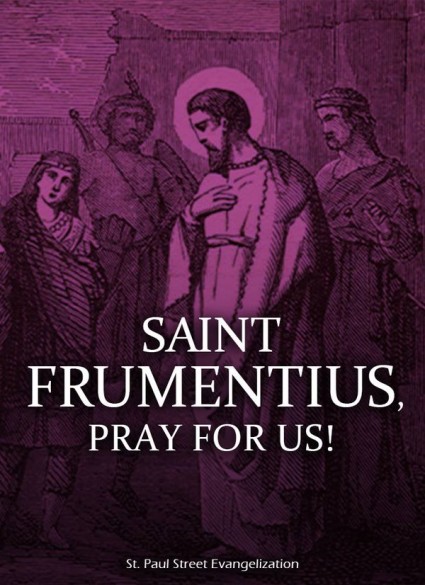 St. Frumentius –Image: St. Paul Street Evangelization
St. Frumentius –Image: St. Paul Street Evangelization 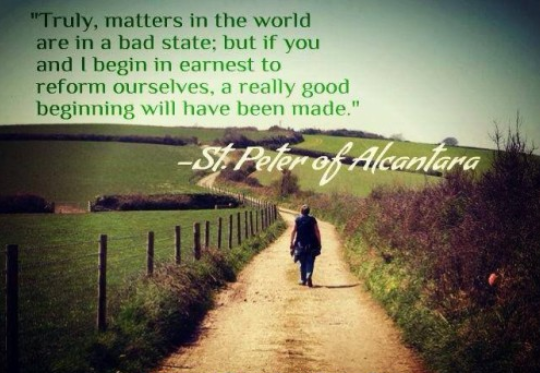 St Peter of Alcantara (1499-1562) Image Courtesy:
St Peter of Alcantara (1499-1562) Image Courtesy: